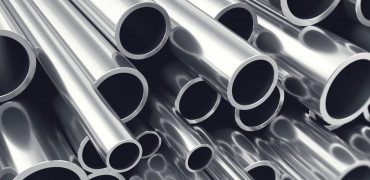I was pleased to get some comments on the ACR Journal website in response to my previous post about R32 – the new refrigerant that is starting to appear in the UK.
However, I am not going to answer them here because I think the subject of R32 and safety is more than adequately covered by the F-Gas Regulations which are in place for a reason. It’s also why you have to qualify to handle refrigerants. Like just about anything and everything in modern life, there are dangers involved, but with correct training and handling, we seek to mitigate the risks and minimise the danger.
All refrigerants have the potential to be dangerous if mishandled but R32 is now the chosen refrigerant globally because it has a much lower global warming potential (GWP) of 675, compared with the current ‘favourite’ of the industry – R410A which has a GWP of 2,088.
R32 is therefore set to become a big part of the future in air conditioning especially for split systems and as an installer, you need to be aware of the changes that this will mean to your business.
Get advice to make sure you get the equipment that suits you and your business.
The new refrigerant has excellent thermal properties, so is a good replacement for R410A in small systems. The equipment used has a smaller footprint and the cooling capacity is higher. A high volumetric capacity also means less gas in a system for the same cooling results from R410A, making R32 more efficient.
The running pressure is fairly similar to R410A so there should be no real difference in operating pressures when checked with gauges.
In terms of transportation, the ‘mildly flammable’ R32 is no different to moving others such as Propane or Isobutane and professionally qualified engineers are used to carrying flammables in their vans already so general good practice applies here.
We the manufacturers are also doing our utmost to minimise the changes necessary in terms of gauge and hose connections.
However, you will need an R32 compliant recovery unit, an R32 specific vacuum pump, a torque wrench set to the manufacturer’s recommendations on your flare joints and for pipework, stick to material that is R410A rated, as this also suitable for R32.
I’d always recommend you talk to your wholesaler, supplier, or even the manufacturer and get advice to make sure you get the equipment that suits you and your business.
Ben Bartle-Ross is a Technical Trainer at Mitsubishi Electric.
If you have any questions about this article or want to know more, please email us. We will contact the author and will get back to you as soon as we can.
If you would like more information on R32 please visit https://timeforr32.co.uk



